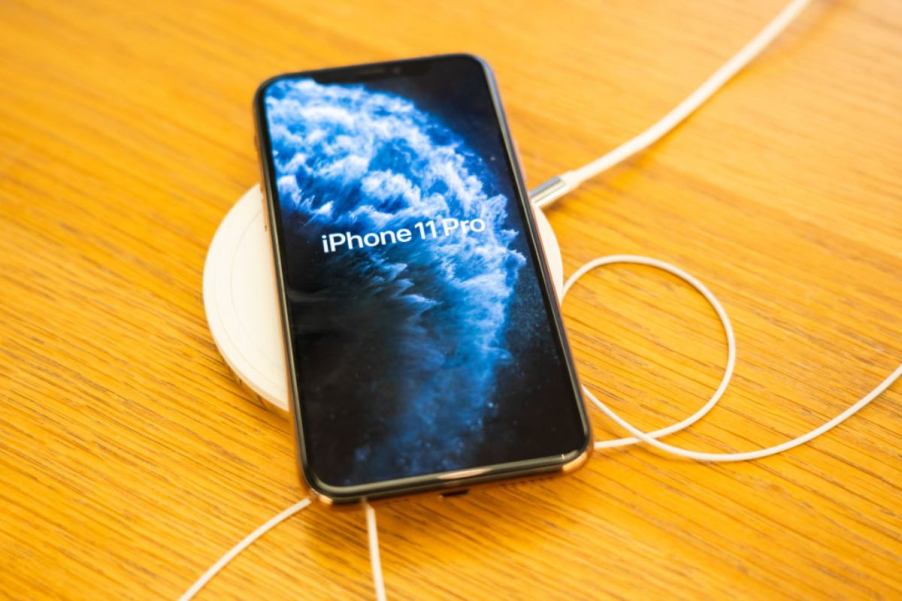
What Is Wireless Charging in a Car, and How Does It Work?
The past few years have seen the adoption of a wide range of special tech features in cars, trucks, and SUVs. A few have risen to the forefront, becoming incredibly popular with drivers who love a touch of luxury. Wireless charging is one such feature.
In-demand among drivers who are always on the go, this feature offers ease, convenience, and top-notch technology. While wireless charging is very much considered to be a premium feature, it is slowly getting rolled out to more makes and models. Not every driver loves the feature, however, and some have pointed out very real concerns with wireless charging that could make savvy owners pause utilizing it.

What is wireless charging in a car?
In-car wireless charging is an embedded component installed inside select cars that can charge smartphones wirelessly. According to Powermat, other devices can be charged with this feature as well, including wearables and Qi-enabled devices. The technology works through induction coils that create an electromagnetic field that transfers energy from a transmitter unit to a receiver unit.
The receiver unit in the wireless charger then converts the energy into power that can wirelessly charge a wide range of devices. For drivers, this is an incredibly convenient feature, eliminating the need for messy cords and power plugs.
Powermat reports that more than 8 million vehicles boast wireless charging technology. This is a feature that could become even more popular in the coming years.
Wireless chargers are usually premium features
Even though wireless chargers are a feature that some believe every car should have, they are far from common. In fact, you are more likely to purchase a car that doesn’t offer wireless charging than not, unless you specifically go looking for a luxury model.
Currently, wireless chargers are premium features that only higher trim levels and certain luxury models have. A few examples of vehicles that have wireless chargers include the 2023 Honda Accord Touring trim and the 2023 Cadillac XT6.
Ultimately, it will be years before the technology makes its way to more affordable vehicles, if it ever does. The demand for the technology will need to grow and keep pace with other advances before it becomes more accessible.
In-car wireless phone chargers can be a pain point
Wireless charging technology is far from perfect, and several critics have pointed out the flaws in the current system. Road and Track calls out in-car wireless charging as not being worth the money, claiming that it doesn’t work well at all.
The publication claims that wireless charging is a “mess” in a stationary environment, with no way to anchor a smartphone or keep it from wildly flying about the cabin when the car is in motion. Additionally, wireless charging requires perfect placement, and if the phone gets shifted in transit, which is likely to happen, the connection could be interrupted, leading to frustration and annoying—not to mention a less-than-fully-charged phone.
There is a happy medium, however, for drivers who have a flair for innovation. Wireless car chargers can be purchased as accessories for cars that don’t include an integrated wireless phone charging pad. These wireless car chargers range in price from less than $20 to over $100 and come equipped with handy features such as magnets and special grips to anchor them in your car.
These wireless chargers allow anyone to experience the perks of cord-free phone charging, whether you drive a luxury SUV or a hand-me-down antique.


